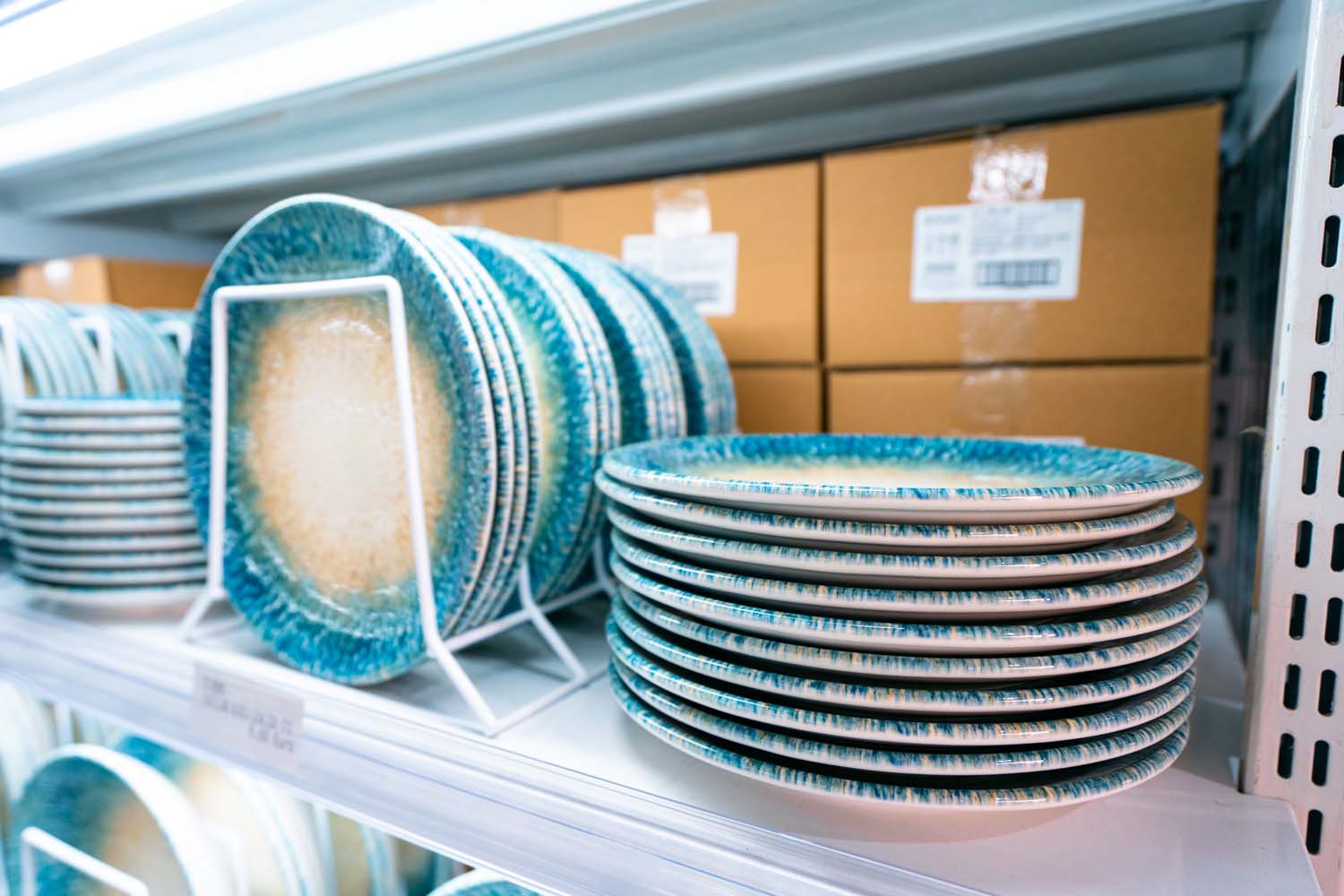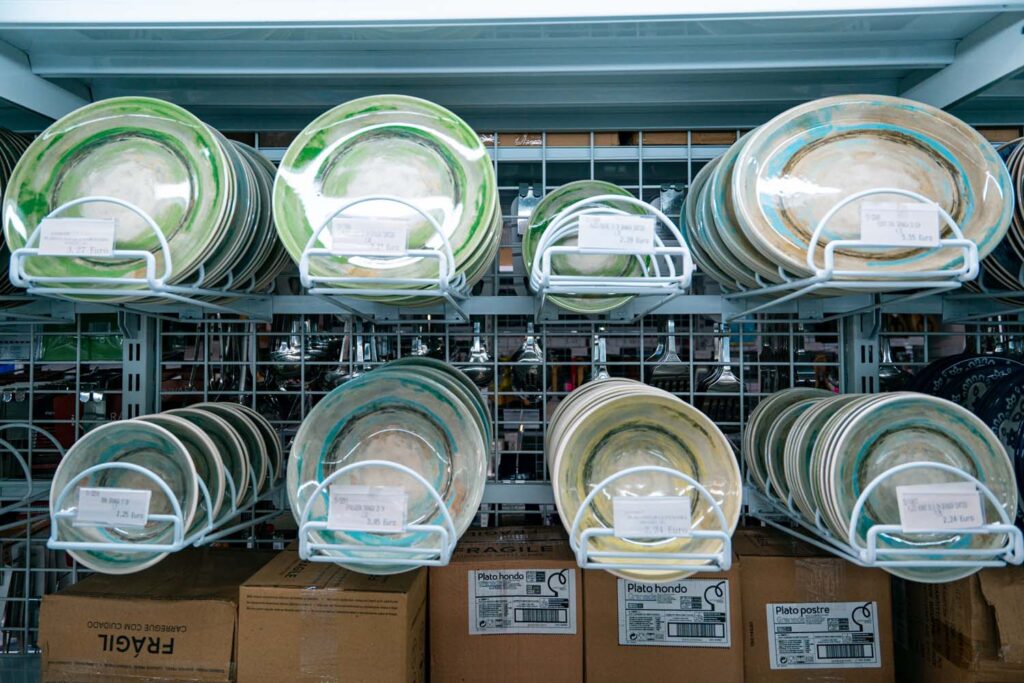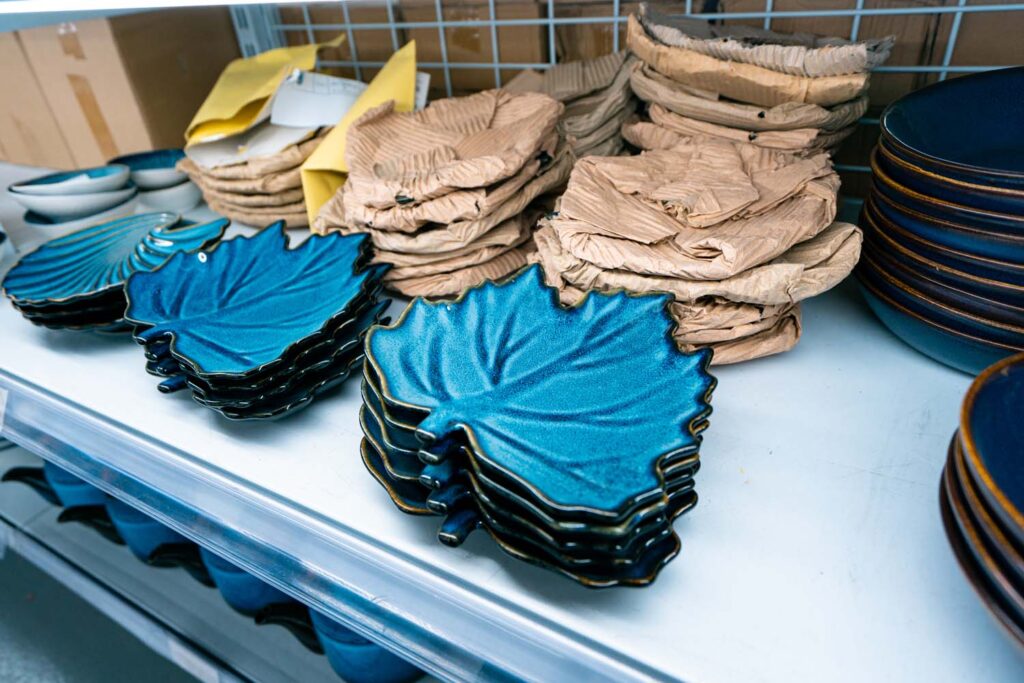When it comes to choosing tableware for hospitality, the options can seem overwhelming.
Porcelain and ceramics are two of the most popular, but which one is really the best for your restaurant, cafe or hotel?
Here I explain it to you in a simple way.
1. Durability: Porcelain vs. Ceramic
When we talk about tableware in the hospitality industry, durability is key.
A restaurant has a constant flow of customers, and the pieces must withstand knocks, drops and frequent use.
- Porcelain:
It is very sturdy, but it is not immune to breaking if it falls.
However, porcelain has a higher density and hardness, making it more resistant to scratches and wear from daily use. - Ceramics:
While also durable, ceramic is a little more prone to chipping or breaking from drops.
However, advances in manufacturing have made high-quality ceramics also robust enough for hospitality environments.
2. Aesthetics: The Appearance of the Tableware
Who doesn't want their business's tableware to look amazing?
- Porcelain:
It has a more refined, elegant and lighter appearance.
It is ideal if you are looking to convey a feeling of luxury or sophistication in your establishment.
In addition, porcelain is usually whiter and brighter, which enhances the presentation of dishes. - Ceramics:
Ceramic has a more rustic texture and can offer more colorful and personalized designs.
If your restaurant has a cozy or vintage style, ceramics can be the perfect option.
3. Cost: Which is the Most Affordable Option?
Costs can vary quite a bit depending on the brand and design, but in general:
- Porcelain:
It is more expensive. This is due to its more complex manufacturing process and its superior properties.
If you own a high-end restaurant or hotel, the cost might be justified. - Ceramics:
It is more affordable and therefore ideal for businesses on a tighter budget.
Despite being cheaper, good quality ceramics still offer excellent value for money.
4. Maintenance: Which is Easier to Care For?
Both options are relatively easy to maintain, but…
- Porcelain:
It tends to be easier to clean due to its smooth surface.
Additionally, it is less likely to absorb stains. - Ceramics:
It may require a little more effort, especially if you have a rough texture or a painted finish that isn't completely smooth.
5. Environmental Impact
If your restaurant or business has an eco-friendly approach, you may be interested to know that:
- Porcelain:
Their manufacturing process can be more energy-intensive, making their carbon footprint higher. - Ceramics:
Although it also has its environmental impact, some ceramics are manufactured in a more sustainable way, which could make them a greener option.
Which is the Best for Hospitality?
It depends on the style and needs of your business.
- If you are looking for durability, elegance and an impeccable presentation, porcelain will be the best option.
- If you prefer a more economical option, with a rustic and versatile touch, ceramics are ideal.
In the end, it's not about which one is better in absolute terms, but rather which one best fits the needs of your restaurant or establishment.
Frequently Asked Questions
Does porcelain break easily?
No more than any other material. However, porcelain is more susceptible to breaking if dropped from a considerable height due to its greater fragility compared to ceramic.
Is porcelain more expensive than ceramic?
Yes, porcelain is generally more expensive due to its manufacturing process and superior quality properties.
Can I use ceramics in a luxury restaurant?
Sure, high-quality ceramics can be a perfectly suitable choice for an upscale restaurant if you're going for a rustic or artisanal style.
Conclusion
At the end of the day, choosing between porcelain and ceramic depends on what you're looking for in your business. Both have their pros and cons. The important thing is that you choose tableware that reflects the experience you want to offer your customers.




